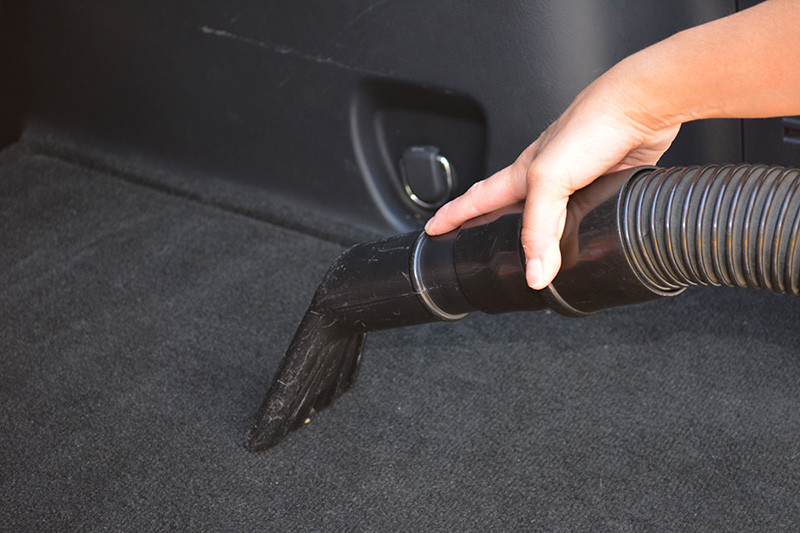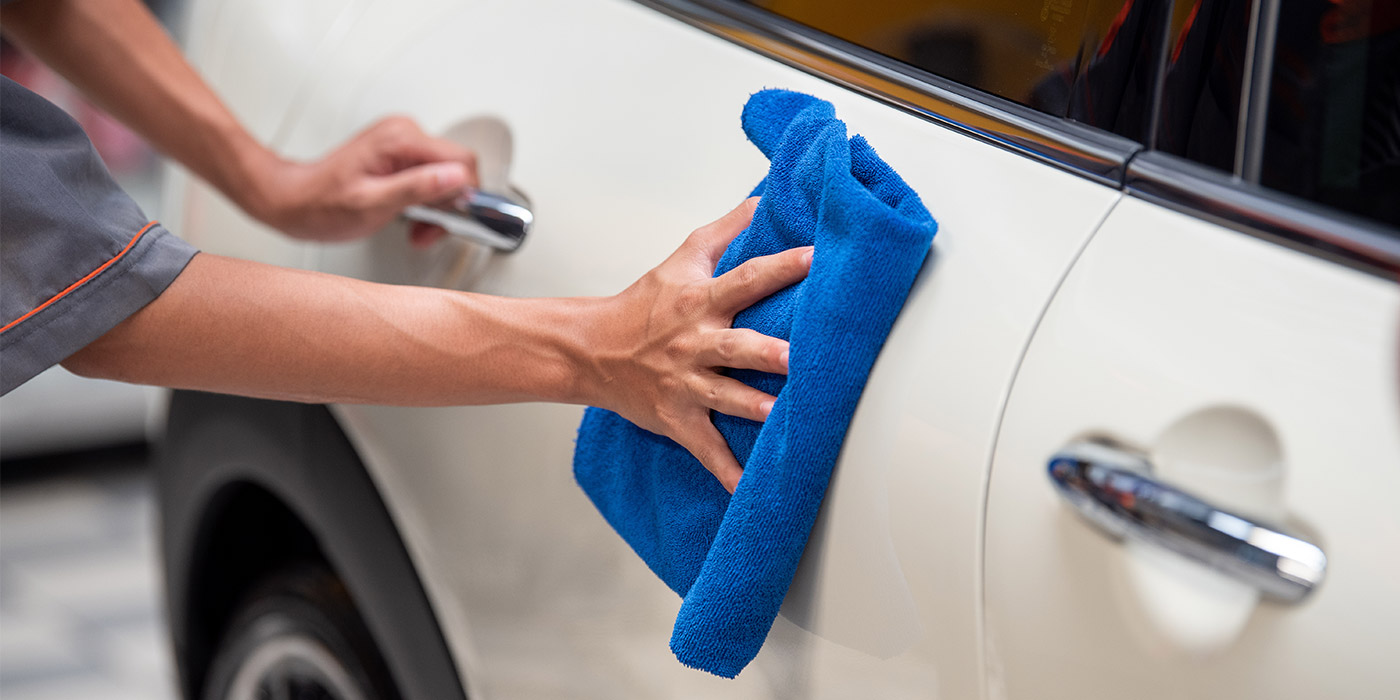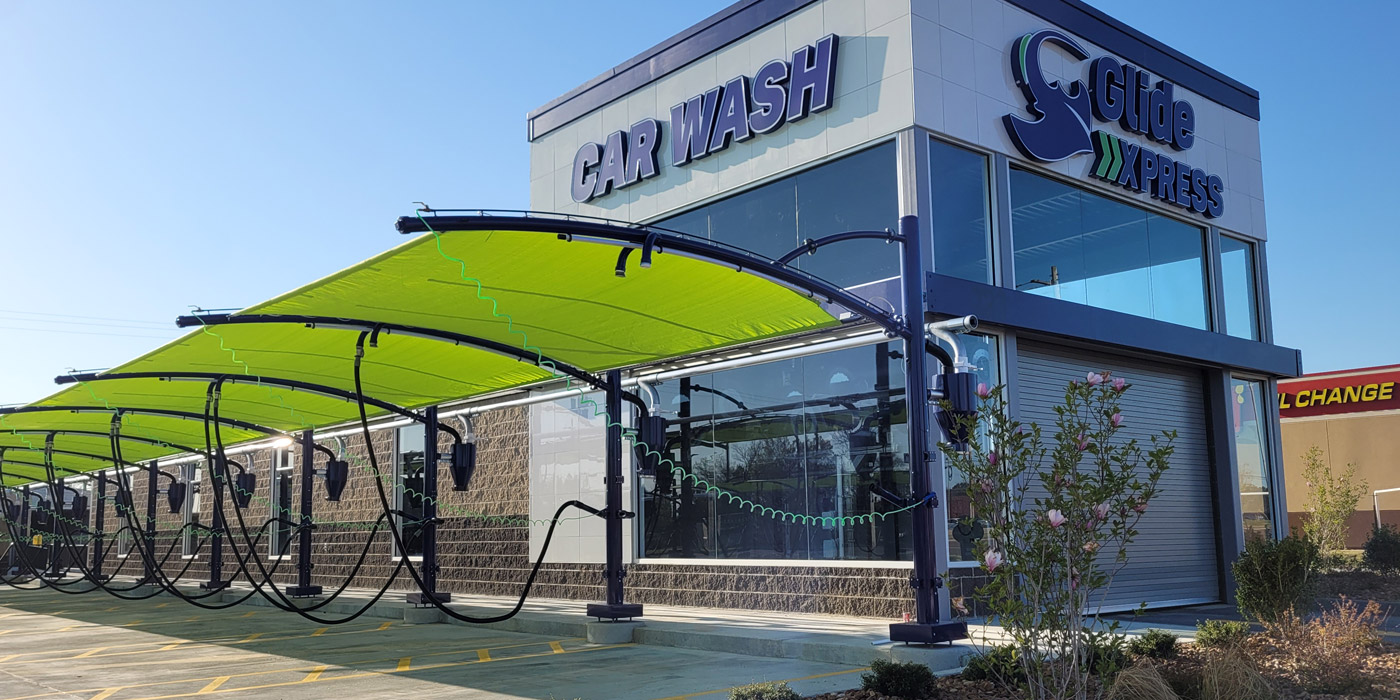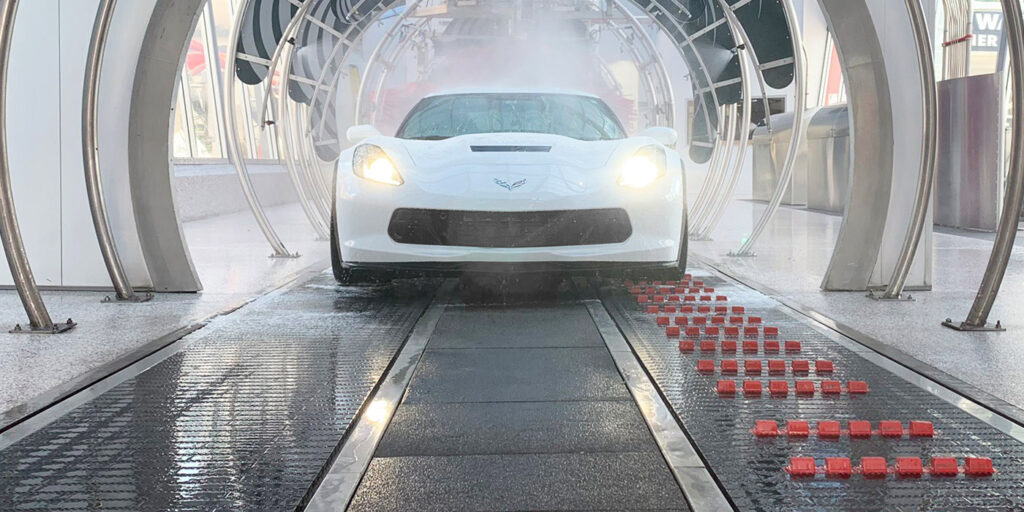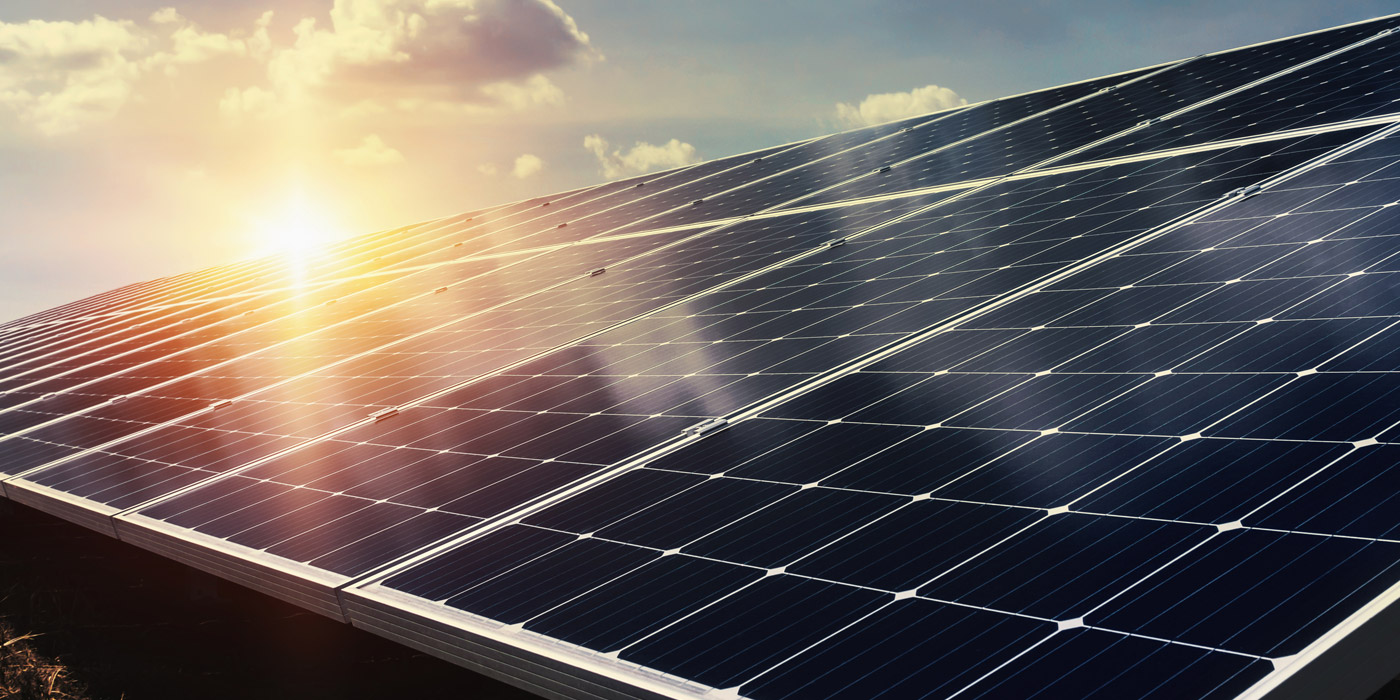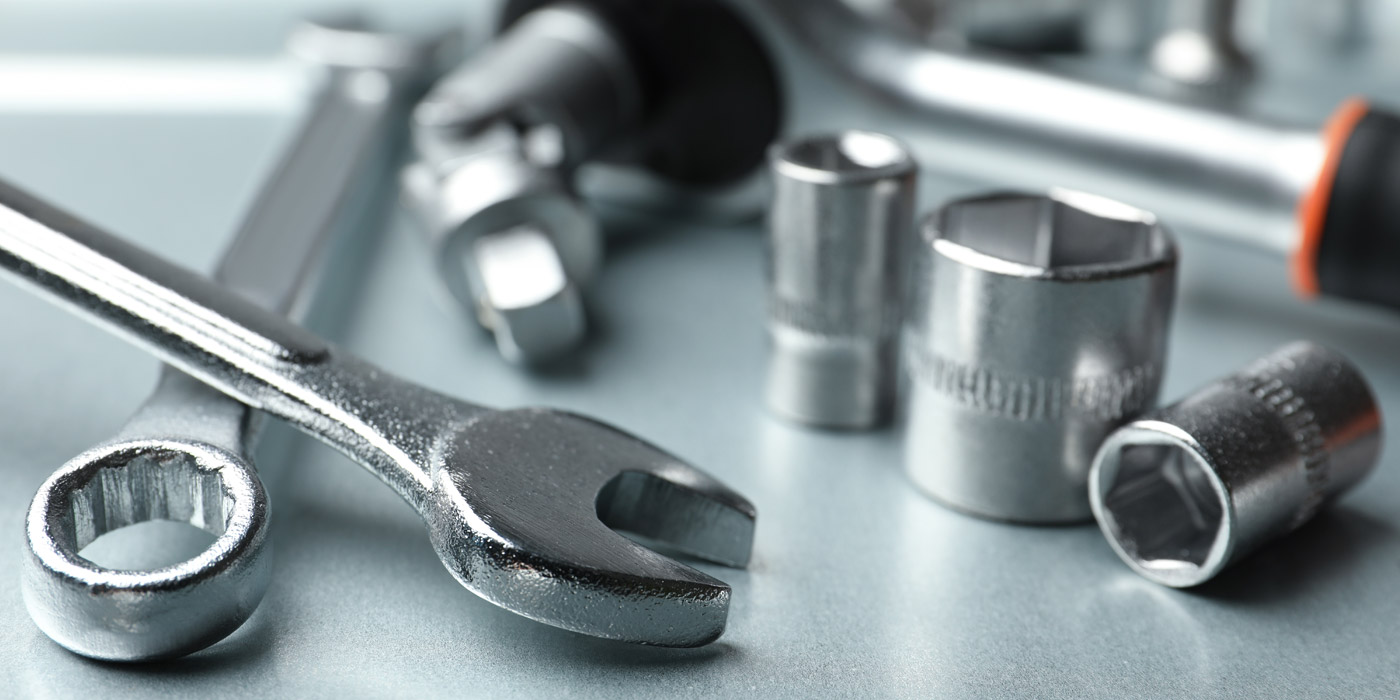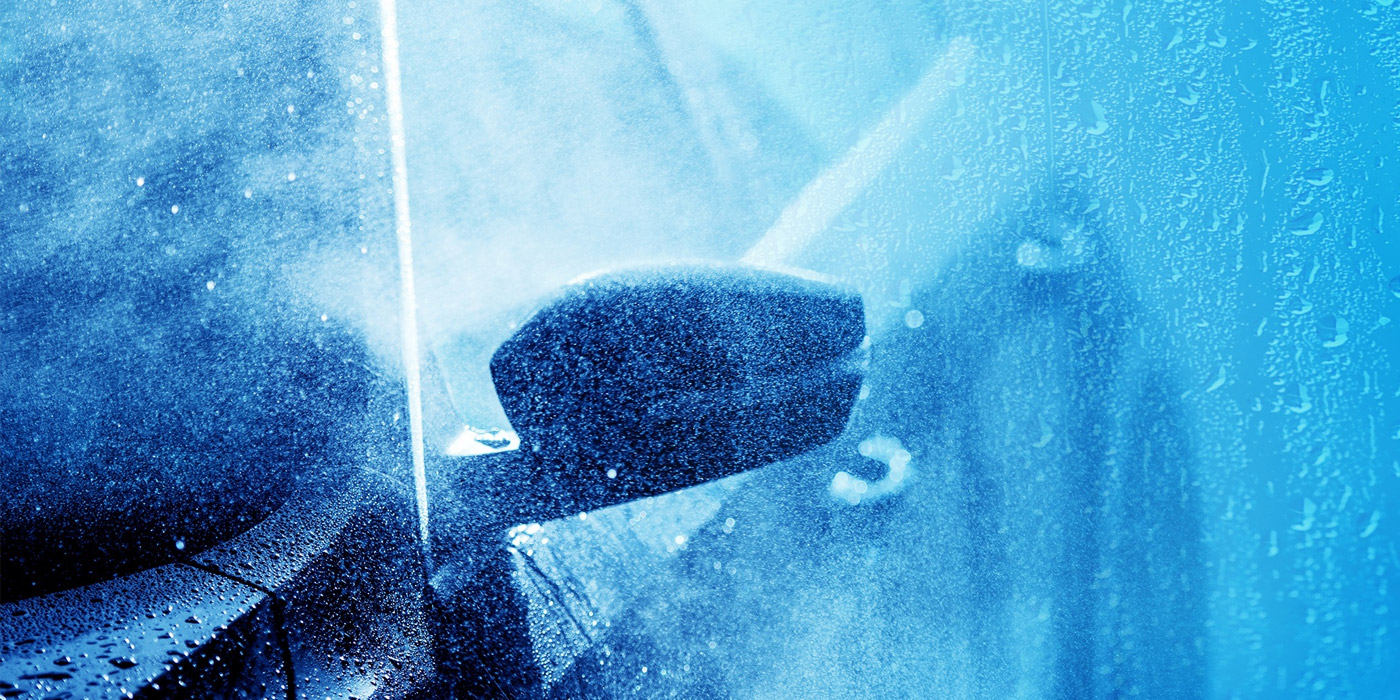Traditionally, full service employee vacuuming or self-serve pay vacuums were the only options available to carwash owners who wanted to supply this cleaning option to their customers. For those looking to reduce labor costs, self-serve vacuums were the way to go. However, just within the last decade or so, a new trend has emerged: offering free vacuums. While many carwash owners remained skeptical, it’s popularity has forged ahead. After all, nothing draws customers in like the word “free.”
As such, the majority of express exteriors being built nowadays accept that they must have free vacuums. But, the worry may remain for many carwash operators: Am I losing revenue by offering this service for free?
Are you getting hosed?
The real question is, are you losing revenue or simply shifting its source from the vacuums to the wash itself? Think about it. A typical express exterior site that offers free vacuums might have about 60 to 70 percent of its site comprising of the vacuum bays, and with the company colors splashed across them, they provide an eye-catching attraction from the road. And, the more people using the vacuums you have, the busier your site seems. Busy often translates to “that must be a good business” in a potential customer’s mind.
This helps pull customers into the wash. Essentially then, a free vacuum offering is a way to draw in customers, like dropping a lure to reel them in. Steve Lieneman, vice president of sales and marketing with Vacutech, succinctly summarizes the benefits of free vacuums: “More visibility, more customers and additional revenue.”
Stuart Levy, president of Auto Glanz Solutions, adds, “If the vacuuming creates a repeat customer situation, and you can take that and multiply by X-income per car, that easily covers any additional cost that the operator might have for turning those vacuums on and letting them run all day long. Cost is offset by repeat customer business and increased income per car.”
Yet, it is common for many carwash owners who have pay vacuums and are considering switching to free vacuums to balk at the notion because they see that revenue from the vacuums going away. However, consider that instead of having, say, 10 vacuum canisters to maintain regularly, you really only manage the one central vacuum system, so you have fewer maintenance and electrical costs.
Related: Vacuum performance troubleshooting
Wes Taggart, CEO and principal of AutoVac, also notes that self-serve high-speed vacuums tend to provide a worse customer experience. They’re louder and nosier compared to their central vacuum system counterparts because each canister has a high-speed motor in it, he adds, whereas with the central vacuum system, that central motor is down the line or in an equipment room. They’re also more frustrating to use, he notes, simply because customers are on the clock; as a result, it’s much more relaxing for the customer to not feel rushed when using a free vacuum.
Lieneman agrees, “Customers love the free vacuums because they’re able to do what they need to do without feeling like they’re racing the clock.”
Consider also that if you have pay vacuums and the experience is poor — whether it’s because of poor suction or a myriad of other possible factors — customers will feel even worse about the experience because they paid for it, and they will associate that experience with the entire carwash.
Lieneman has also found carwashes that switched from offering pay vacuums to free vacuums reported that customers stayed on the lot for shorter durations, a result of the central vacuum system being much more efficient at cleaning. Furthermore, Lieneman has seen carwash owners who made the transition report approximately 25 percent or more increases in volume. In the end, he says, those that transitioned worry less about how long customers stay on the lot than they do about the increased traffic. Since the number of vacuums they installed were based on previous traffic readings, they now realize any lot congestion is the result of increased traffic, not because of lingering customers.
Enhancing the vacuum experience
The experts we spoke with agree: free vacuums are all about enhancing the customer experience. “Free vacuum is a definite extension of the carwash itself — the overall quality of that carwash — and it spins into a return on the customer’s side, which by itself would help to increase income per car,” Levy states.
While the whole customer experience does not hinge on the vacuuming experience, it certainly is a large part of it. “Some operators think it’s better not to [enhance the experience] because the customer will stay longer,” David Daniels, owner and operator of 192 Car Wash Express LLC, notes. This is a viable concern on busy days, Daniels adds, “but we would rather have the customer comfortable and enjoy the experience.”
Our experts find that whatever you can do to make that experience more pleasant and comfortable will create a more loyal customer. Some suggestions they provide are:
- Maintaining the right amount of suction (not too much or too little)
- Having wide parking spaces that allow customers to keep all their doors open
- Having dual vacuum drops
- Having long hoses that easily reach the front or back of the vehicle
- Having car mat holders
- Placing trash bins at each vacuum bay
- Making bay ingress and egress easy
- Installing canopies for shade
- Having vacuums on the side of the property so as not to block traffic flow
- Offering air guns for customers to blow out windows, etc.
- Offering microfiber towel dispensers and a dirty towel bin
- Posting a catchy sign politely asking customers to limit their vacuum usage.
Turning abusers into customer users
While stealing is undoubtedly wrong, is it actually stealing if the service is free? Regardless of the answer to that riddle, many carwash owners feel that “stealing” free vacuum service is bad for business. “The last thing you want is to lose vac spaces on a busy day to a non-paying customer,” Daniels asserts.
While this reasoning is quite valid, there is another and perhaps more surprising side to this conundrum.
“We encourage people to steal the free vacuum,” Lieneman says. Why? That person has already made a commitment to drive onto the lot, and your objective is to drive traffic to the property. It’s much easier, he claims, to convince someone on the lot to get the additional wash than someone that’s on the street.
“You’re still creating a pattern of familiarity,” Taggart adds. “Eventually, when they do need a carwash, they’re going to go to that site where they’re used to going to get [a free] vacuum.” He adds that, as an operator, you have to take the mindset of, “I may not get them on the first round, but eventually, if they come here enough, they’re going to turn into a customer.”
Remember, the free vacuums are working like a fishing lure, and the operator’s goal has not changed in this instance: turn non-customers into customers. With that said, what frequently occurs when people come in only to take advantage of the free vacuum services is that they either start to feel guilty for not buying anything, or they see how clean the inside looks and want the outside to match. Furthermore, Taggart notes, “As an owner of the car, you’re always on the inside of it. So, we tend to believe that the most important piece to be cleaned is the inside of the car.”
In addition, sometimes, “stealing” isn’t what it appears at first. Often, a loyal customer who has paid for multiple washes in a given month might not have had time on a previous visit to vacuum and simply comes back a couple days later to finish the job.
“At the end of the day, whether the vacuum user is a repeat carwash customer, has never been through the tunnel or is somewhere in between, as long as traffic is increasing and business is growing, it’s kind of all in the soup,” Lieneman states. “The other thing to remember is the system in a central free vacuum system is running all the time, and so it’s really not increasing the cost of doing business.”
While these are all valid arguments, Daniels’ point still stands: it seems unfair to have non-paying customers take up spaces on busy days when paying customer could be using them. Taggart offers a couple of solutions to this concern: You can use tokens or even use point-of-sale (POS) codes at the time of purchase so that you’re still offering free vacuums, but only for the customers who pay.
At this point, offering free vacuums at an express exterior has essentially become a “must.” Daniels notes that, unless you have no competition in your area and can have customers pay for your vacuum services, it’s almost guaranteed that if you don’t have free vacuums and a competitor pops up who does offer this service for free, you are going to lose out on business.
And, as a new industry trend, it’s important that your carwash evolve with the times if it is to stay pertinent. But, as it has recently, vacuuming can still evolve. “Perhaps the future of the carwash vacuum is the ability to offer free vacuum with a carwash purchase and pay vacuum if they’re not yet ready for an exterior wash,” Lieneman concludes. Whatever the future may bring, it is certain that, for now, free vacuum is king.

